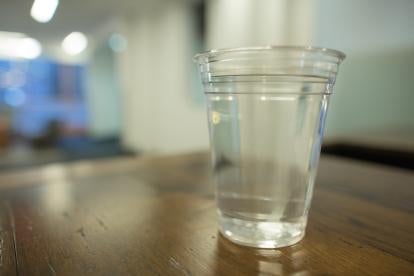On January 26, 2017, MassDEP announced that it had developed and is seeking comment on a Fact Sheet entitled “Guidance on Sampling and Analysis for PFAS at Disposal Sites Regulated under the Massachusetts Contingency Plan.” The Fact Sheet is a primer on the class of contaminants known as PFAS including manufacture, toxicity, the types of sites where it may be found, sampling considerations, and analytical concerns. The key takeaway from the Fact Sheet is that MassDEP is identifying PFAS as hazardous materials and expects investigation for PFAS at sites where it makes sense to do so and remediation of PFAS where it is found to pose a significant risk to human health or the environment. MassDEP has requested comments by March 3, 2017.
According to the draft Fact Sheet, PFAS is a large class of fluorinated compounds, including perfluorooctanoic acid (PFOA) and perfluorooctane sulfonate (PFOS). While the U.S. EPA has issued Drinking Water Health Advisories on PFOA and PFOS specifically, MassDEP’s Fact Sheet addresses the entire class of chemicals.
In the Fact Sheet, MassDEP states that “PFAS are considered hazardous materials under MGL Chapter 21E” and thus must be addressed under the MCP at any site where they are found. No reportable concentration, reportable quantity, or cleanup standard has been established for PFAS as a class or for any individual PFAS. However, according to the Fact Sheet, immediate notification to MassDEP would be required if PFAS at a site posed an imminent hazard, and a cleanup standard for a particular site can be developed using a Method 2 or 3 risk characterization. As such, it is incumbent upon environmental consultants that make site cleanup decisions, known as LSPs in Massachusetts, to understand these chemicals.
MassDEP continues in the Fact Sheet to discuss when and how to sample and analyze for PFAS. MassDEP recommends sampling for PFAS at locations where PFAS may have been manufactured or used, landfills, Department of Defense locations where aqueous film forming foams may have been used for firefighting, firefighter training sites, airports, crash sites, metal coating and plating facilities, water treatment systems, and large rail yards. Sampling poses special challenges because the sampling equipment, clothing, and personal care products ordinarily used by the individuals who conduct the sampling may contain PFAS and must be avoided in order to avoid false positives. Finally, MassDEP identifies EPA’s Method 537 (liquid chromatography and tandem mass-spectrometry) as “proven to be the most reliable approach for analyzing PFAS in different matrices,” indicating that it has been validated for 14 different PFAS. Prior to September 2009, there was no validated method.




 i
i

